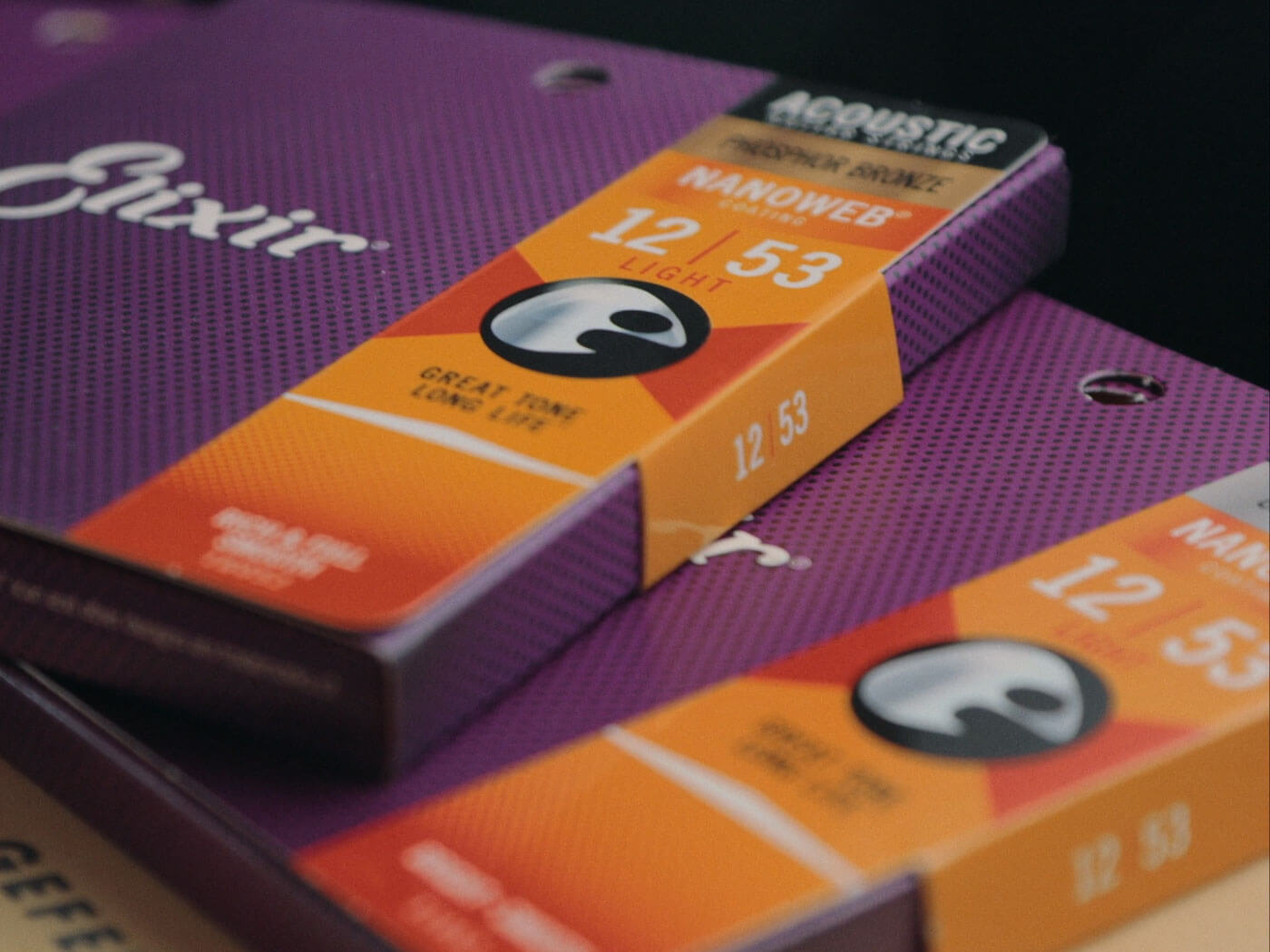Related Tags
An introduction to alternate tunings: drop D, open D major and DADGAD
Alternate tunings can be a great way to rethink how you play. Here’s a guide on getting started with exploring the world outside of E standard.
Ad feature with Elixir Strings
Exploring different guitar tunings is a rewarding and creative way to discover interesting and unusual sounds. However, if you’re new to the idea of altered tunings, it can be a little daunting. We’ve prepared this guide to get you started with three of the most popular tunings, whatever style you play.
- READ MORE: Guitar DIY: How to correctly restring your acoustic guitar
- READ MORE: Guitar DIY: How to tune your guitar by ear
Before we begin, we should point out that there’s nothing wrong with standard tuning (although its benefits are often ergonomic rather than sonic) and many guitarists spend a lifetime happily operating within the parameters of E to E. While alternate tunings can help make big chords more accessible, they are mostly used to unlock novel frequencies, especially in the bass – and that’s where we are going to start, so grab a tuner and let’s go.
Drop D
Devastatingly effective in the right hands and in styles from classical guitar and folk to blues, heavy rock and beyond, you’ll have heard drop D in the work of The Beatles, Tom Morello, Kurt Cobain, Bert Jansch and many more besides.
The first thing you’ll notice is that your D chord, which in standard tuning can often feel a little weak, now boasts a huge powerchord in the bass. Playing this powerchord is fun and addictive, and the next logical step is to turn it into a full open chord. To do so, we’re going to dig into our next alternate tuning.
Open D Major
D major or DADF#AD tuning is popular for everything from solo instrumental guitar to adding texture and body to recordings. As such, it has been used by a variety of artists from Elmore James and Neil Young to Pearl Jam and My Bloody Valentine – and now you.
Our video shows you how to get into DADF#AD and demonstrates as some starter ideas. If this is the first time you’ve heard your guitar ringing out an open chord, take a moment to savour it before you begin exploring the ’board.

This immediate access to grandiose major chords is fantastic as long as you stick to major or dominant keys. The next tuning we’re examining, however, is a modal powerhouse that will add versatility to your arsenal.
DADGAD
The king of alternate tunings, DADGAD has become a new standard for many acoustic players since its discovery by pioneering British folk guitarist Davey Graham in the 1960s. Since then, DADGAD has been adopted by players such as Jimmy Page, Pierre Bensusan and Jeff Tweedy. It’s also prevalent in the work of folk, new age and Celtic-style guitarists.
DADGAD is a suspended 4th chord, which means it’s neither major nor minor. The joy of DADGAD is that the tuning doesn’t dictate the tonality of your playing, instead making both major and minor textures easily accessible.
We hope you enjoy this introduction. We’ll see you in the next video for some more cool tunings!
